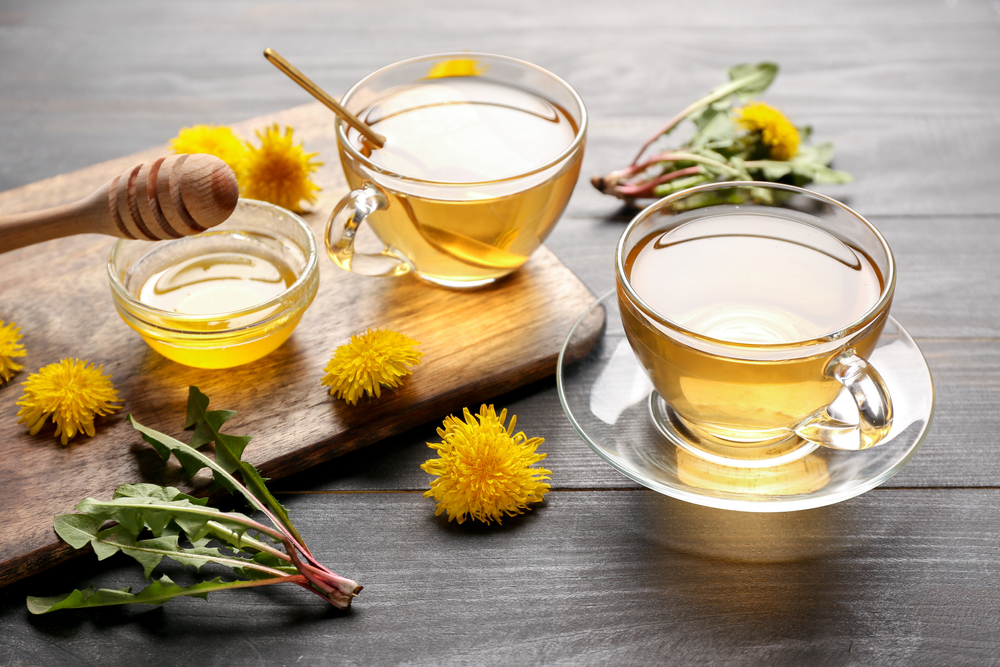By Dr Sarah Lantz
A bitters recipe generally sticks to a classic method of macerating roots, seeds, barks, fruits, herbs and plants in an alcohol or apple cider vinegar base. Besides the bittering agents themselves, there are a number of ingredients that support the bitters’ digestive mission, including soothing herbs to help heal damage along the digestive tract or aromatic herbs that serve to relax away spasm and cramping, relieving gas and bloating. These can be pungent, strongly aromatic, floral, citrusy or minty.
Bitters are generally taken 15 minutes before a meal, but can also be savoured between meals or after a particularly hearty meal or feast when one is feeling uncomfortably overfed. While they can certainly be enjoyed straight on the tongue, they are equally lovely when added to specialty botanical drinks or culinary creations and in my experience, you dole out bitters in drops and dashes, not swigs or guzzles.
Ingredients
- 1 tablespoon bittering agent (such as gentian root, hops, burdock, cacao, dandelion, artichoke)
- 1 tablespoon soothing or fruity herb (such as hibiscus, hawthorn berries, liquorice)
- 2 tablespoons citrus or floral notes (such as orange or grapefruit peel or chamomile)
- 2 teaspoons warm spice (such as cardamom, ginger, star anise, cinnamon, coffee, cloves or a combination)
- 3 tablespoons sweetness (honey or equivalent)
- 350 ml of alcohol solvent (vodka) or apple cider vinegar.
Method:
Take all the herbal ingredients, which should be in dry and chopped form, and place them in a small mason jar. Add the sweetener and vodka/apple cider vinegar, then cover, seal and steep for around two weeks. Give the jar a shake every day. Strain through a muslin cloth, squeezing the herbs well to extract all the fluid possible. Bottle and store in amber dropper bottles to make for easy dosing into water, juices and cocktail blends.
This recipe can also be modified to suit specific tastes (see Alternative Bitters Ingredients). For example, use a cooling spice like peppermint instead of ginger for a more refreshing feeling, or replace the citrus with vanilla for a rich, warm blend. Herbs like fennel seed or anise (instead of, or alongside, citrus) can help dispel gas and bloating. A light, fragrant floral blend can be made by replacing the citrus with herbs like linden or chamomile.
Alternative Bitters Ingredients
Bittering agents: angelica root, artichoke leaf, burdock root, calamus root, dandelion root and leaf, gentian root, mugwort, and wormwood.
Aromatic agents round out the bitters and may include just about any herb, spice, flower, fruit, or nut. Use your imagination. Also use organic ingredients when possible, especially when it comes to fruit peels. Some examples:
Spices – allspice, aniseed, caraway, cardamom, cassia, celery seed, chillies, cinnamon, cloves, coriander, fennel, ginger, juniper berries, nutmeg, peppercorns, star anise, vanilla beans
Herbs & Flowers – chamomile, hibiscus, hops, lavender, lemongrass, mint, rose, rosemary, sage, thyme, yarrow
Fruits – fresh or dried citrus peel (lemon, lime, orange, grapefruit), dried fruit (apples, cherries, figs, raisins)
Nuts – toasted almonds, pecans, walnuts, etc.
Beans – cacao beans, cocoa nibs, coffee beans
Learn more about bitters in Blessed Bitters: Bringing Digestive Bitters Back
Article by:
Dr Sarah Lantz (PhD)
Buchi Brew Co. & Sacred Women’s Way
Want more recipes like this? Sign up to Bud Organic Club for free here and get them delivered straight to your inbox!


